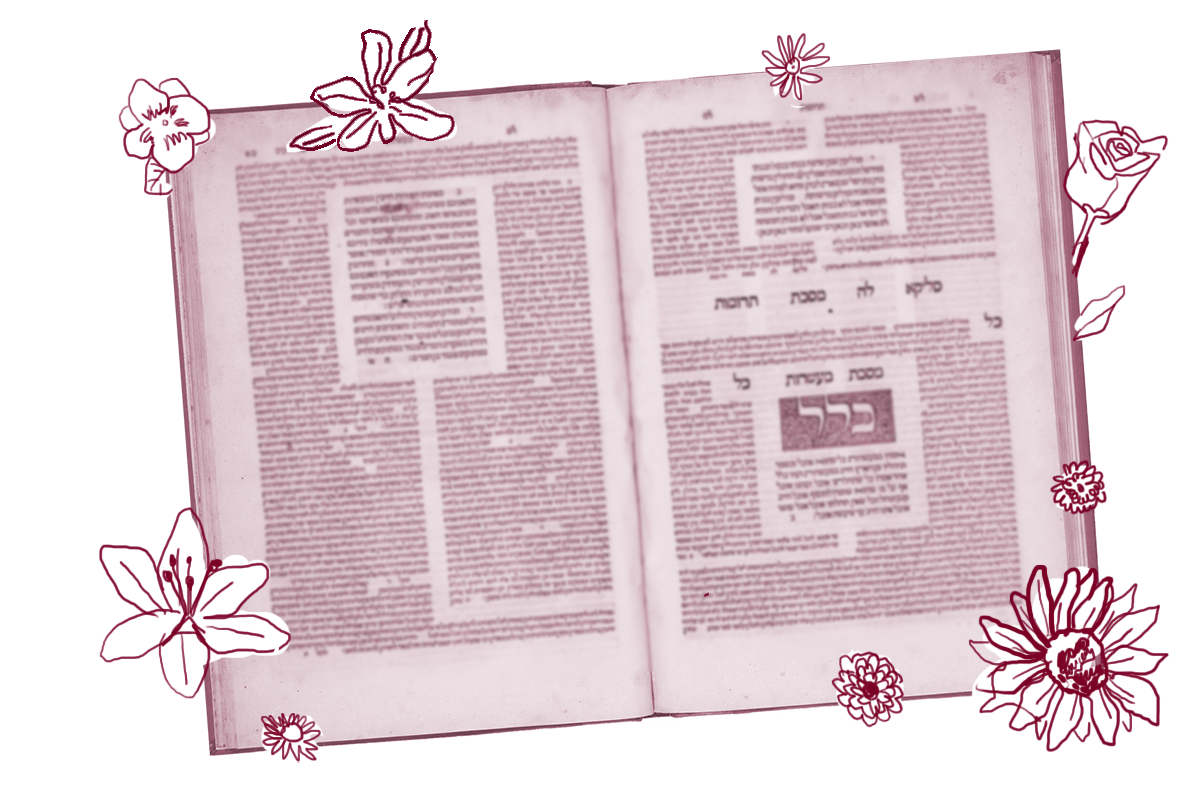Rav Yosef said: Rav Yehuda said to me: I heard two halakhot from Master Shmuel, one about a person who sits on an animal, and the other about a person who leads an animal. In one of the cases, the person acquires the animal, in the other the person does not. But I do not know which applies to which.
Rav Yehuda confesses a moment of confusion to Rav Yosef. He knows that he learned from Shmuel about a case where one person is riding an ownerless animal and another, leash in hand, is leading it forward. One of these people acquires ownership of the animal for doing what they are doing and the other does not, but he can’t remember which.
So, in the next lines of the Gemara, Rav Yehuda recalls a mishnah from Kilayim (8:3) that he thinks will help him reconstruct Shmuel’s position. In that mishnah, the rabbis say that when two different animals (e.g. a donkey and an ox) are used to plow a field together, both the one leading them and the one sitting in the wagon are punished for violating Deuteronomy 22:10 which forbids yoking a donkey and an ox. Rabbi Meir, however, exempts the one who is sitting. The rabbis’ position suggests both the rider and the leader have a right to stake an ownership claim, while Rabbi Meir’s position gives the one leading the animals priority.
But it seems the attributions may be incorrect. Shmuel, reports Rav Yehuda, says that the positions in the mishnah are reversed — in fact Rabbi Meir holds both accountable and the rabbis exempt the person sitting in the wagon. Since the law follows the majority, the one leading the animals is in the responsible position (which is why they alone are punished) and so Shmuel must also assign that one ownership.
With your help, My Jewish Learning can provide endless opportunities for learning, connection and discovery.
Rav Yehuda successfully used deductive reasoning to clarify Shmuel’s opinion when his memory failed him. In doing so, he exposed the fact that there are two traditions about what Kilayim 3:8 says — Shmuel’s memory of the mishnah differs from that of his peers.
There’s now another layer to this game of telephone. The story, up until now, has been shared by Rav Yosef, and Abaye suggests that Rav Yosef might not have gotten it right:
Abaye said to Rav Yosef: Didn’t you say to us many times with regard to this halakhah: Let us see if we can analyze this ourselves? And you did not say to us that this statement was in the name of Rav Yehuda.
This is not the first time, it seems, that Rav Yosef has spoken about the confusion about Shmuel’s opinion in the original case and the need to reason it out from Kilayim 3:8. But it is the first time, claims Abaye, that Rav Yosef attributes the confusion to Rav Yehuda — the other times he made it seem like he himself was the one who was confused.
After sharing Rav Yosef’s response, the Gemara reports that some people say this was not Abaye’s challenge to Rav Yosef; rather, Abaye challenged something completely different: the applicability of Kilayim 3:8 to our case.
Maybe, at this point, you are also confused. It would make sense if you are as the Gemara presents more than one option about what was said and by whom. While Rav Yehuda (or perhaps Rav Yosef) tries to reason his way through the sources that he has in front of him, it is hard for us to do the same. In this case, as they often do, the Talmud’s editors chose to present an array of differing sources, preserving multiple narratives rather than finding ways to harmonize them. While this may cause a bit of frustration to their future readers, it does give them some insight to what it was like to edit the Talmud.
Read all of Bava Metzia 8 on Sefaria.
This piece originally appeared in a My Jewish Learning Daf Yomi email newsletter sent on March 7th, 2024. If you are interested in receiving the newsletter, sign up here.



